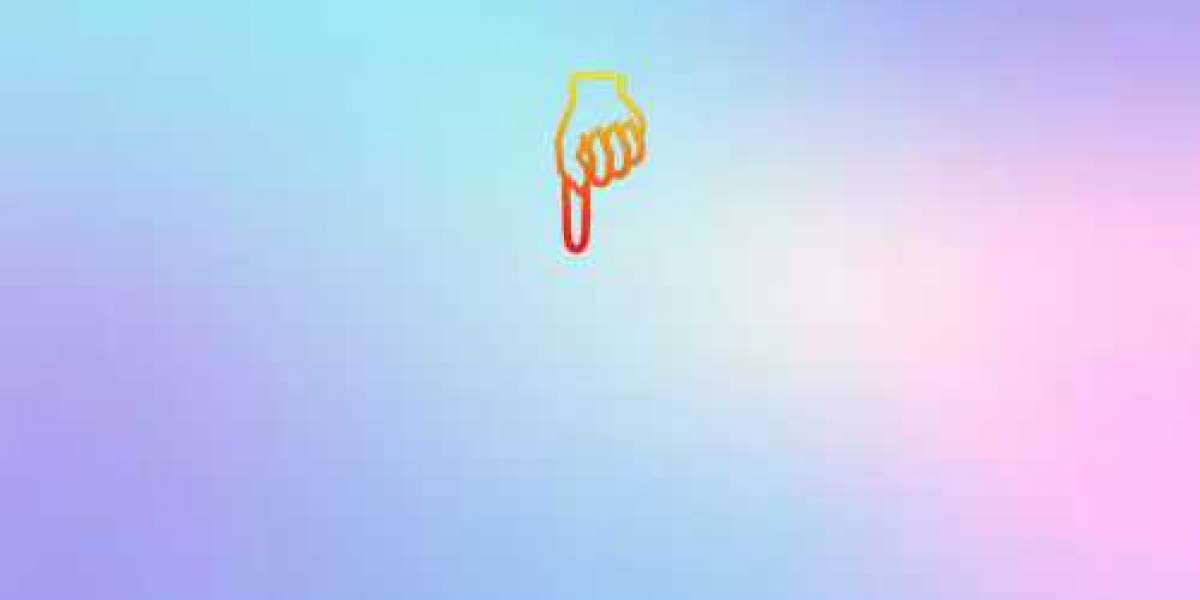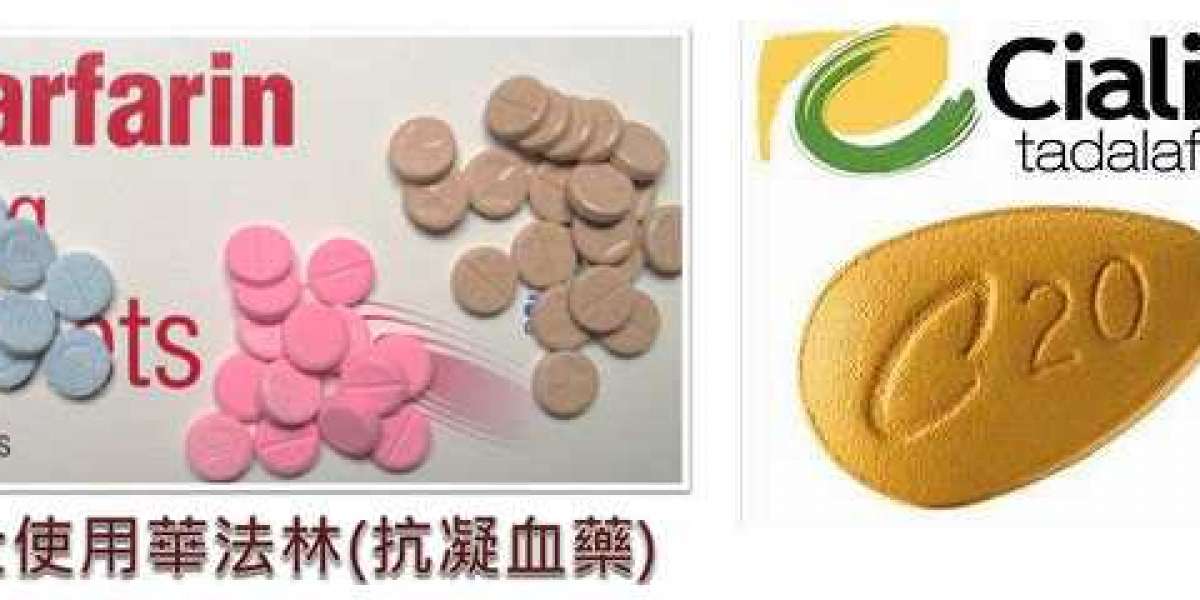The best pacifiers can be sanity savers for parents, helping babies learn to self-soothe and fall asleep faster. But the decision on whether or not to give your baby a pacifier is often hotly debated (sometimes even within the same family). But we’re assuming if you’re reading this, you’ve landed on Team Paci, which by the way, isn’t a bad place to be (some experts think they may even decrease SIDS risk). It’s important to know how and when to introduce a pacifier, and the American Academy of Pediatrics offers the following tips on how to do so:
- Look for pacifiers that can’t break into multiple pieces, such as those made from a single piece of plastic.
- Check your pacifiers regularly for wear and tear, especially as your child develops teeth.
- To prevent a baby from getting the whole pacifier into her mouth, choose a style that has at least 1 ½ inches of space between the nipple and the ring. You should also follow the manufacturer’s guidelines for the age range, since an older toddler could choke on a smaller paci meant for a newborn.
- The shield between the nipple and the ring should be at least 1-1⁄2 inches (3.8 cm) across, so the infant cannot take the entire pacifier into her mouth. And those holes in the shield? They’re for ventilation—make sure yours has them.
- Don’t tie a pacifier to anything (the baby’s body, the crib, etc), since cords present a risk of strangulation.
Here’s a round-up of some of the best BPA-free pacifiers, but keep in mind that babies can be particular creatures.
You may need to experiment with a few different nipple types before finding the right match: Some prefer a rounded shape, others like more flattened (these are sometimes called “orthodontic”) and then there are the delightfully chill babies who will take a few different ones.
This ultra-popular pacifier is made from natural rubber. It's a single piece of rubber, thus leaving no cracks or joints where bacteria can build up. This particular model has a little cut out, to make room for your baby's nose. And it's for babies from birth until they're six months old.
You'll notice that the nipple looks different on this silicone pacifier and that's by design: It's to encourage correct tongue placement. It's made from a single piece of silicone and is dishwasher-safe. It's for babies from birth until they're three months old.
Gallery: Oh Baby! Editor's Picks: September 2020 (Mom.Com)
Part Soothie pacifier, part (newborn-safe) stuffed animal, this cuddly lovey is recommended for babies from birth through six months, and should be set aside when your little one starts to teethe. It's tough to lose, the extra weight helps keep the pacifier in place, and as baby grows, she'll be able to grasp the animal easily and will likely start snuggling with it at bedtime.
This is one of the best pacifiers for breast-fed babies, because it's designed to reduce nipple confusion. Nanobébé's silicone pacifier has one-piece construction, meaning it meets the AAP's guidelines for pacifiers. It has a unique nipple shape for babies who are being breastfed. And it's made from soft silicone and is specifically shaped to stay in your baby's mouth.
These rubber pacifiers, meant for babies from birth until three months, have a flattened bottom and rounded top, so the nipple fits between the tongue and pallet. We like that these are plant-based but while the cutouts are cute, they do make these a bit harder to clean.
Every product on Fatherly is independently selected by our editors, writers, and experts. If you click a link on our site and buy something, we may earn an affiliate commission.
Related Articles:
The post The Best Baby Pacifiers To Help Infants Self-Soothe appeared first on Fatherly.













